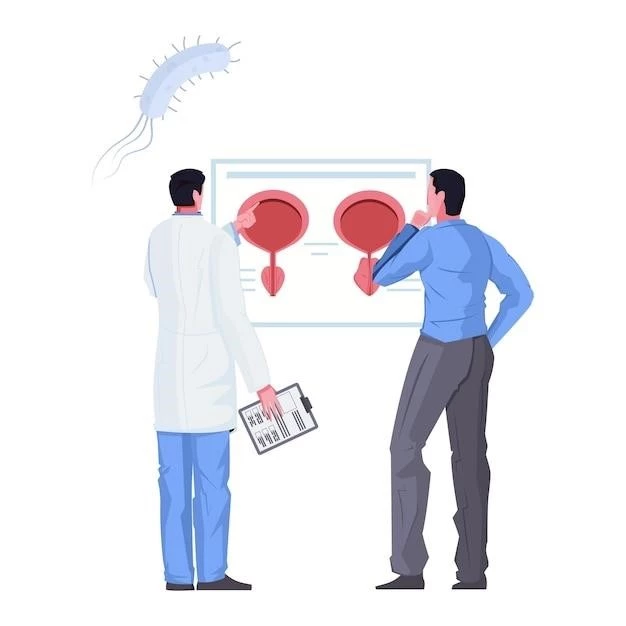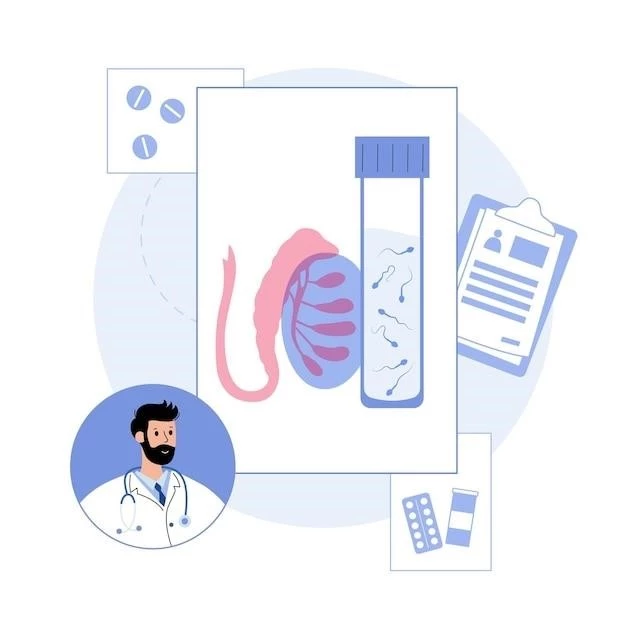The condition of Pseudohermaphroditism Anorectal Anomalies involves complex congenital abnormalities affecting the anus‚ rectum‚ urinary‚ and genital tracts. Explore more below⁚
Overview of the Condition
The condition of Pseudohermaphroditism Anorectal Anomalies is a complex congenital abnormality involving the anus‚ rectum‚ urinary‚ and genital tracts. Understanding the etiology and pathogenesis is crucial in managing this condition effectively. Research indicates a correlation between abnormal cloacal membrane development and the emergence of anorectal malformations. Timely diagnosis and multidisciplinary care play a vital role in addressing the associated challenges. Stay informed about the latest advancements in treatment options and therapeutic developments for improved outcomes.
Understanding Anorectal Malformations
For detailed insights on the condition of Pseudohermaphroditism Anorectal Anomalies and Anorectal Malformations‚ explore the complexities and variations in the congenital abnormalities affecting the lower digestive‚ urogenital‚ and reproductive systems.
Definition and Classification
Anorectal malformations constitute a diverse group of congenital abnormalities affecting the lower digestive‚ urinary‚ and genital tracts‚ requiring a comprehensive understanding of the spectrum and complexities involved in their development and classification.
Etiology and Pathogenesis
Anorectal malformations‚ including Pseudohermaphroditism Anorectal Anomalies‚ often stem from abnormalities in early fetal development‚ particularly in the urorectal septum. Understanding the intricate interplay of genetic‚ environmental‚ and morphological factors is crucial for effective management and treatment strategies.
Clinical Presentation of Pseudohermaphrodism Anorectal Anomalies
Explore the intricate clinical manifestations of Pseudohermaphrodism Anorectal Anomalies and understand the complexities involving the lower digestive‚ urinary‚ and genital tracts.
Signs and Symptoms
Signs of Pseudohermaphroditism Anorectal Anomalies may include abnormal anogenital development‚ urogenital sinus defects‚ enlarged clitoris‚ urinary tract abnormalities‚ and associated genetic markers. Symptoms often present as abnormal anal openings‚ abnormalities in the structure of the urinary and genital tracts‚ and may be accompanied by urologic reflux or vesical calculi. Early recognition and intervention are crucial for optimal management of these complex conditions.
Associated Urinary and Genital Tract Abnormalities
In individuals with Pseudohermaphroditism Anorectal Anomalies‚ associated urinary and genital tract abnormalities may manifest as urogenital sinus defects‚ enlarged clitoris‚ abnormalities in the structure of the urinary system‚ vesicoureteric reflux‚ common urethrovaginal channels‚ vesical calculi‚ and hamartomas. Understanding these complexities allows for tailored treatment approaches and holistic patient care.
Diagnosis and Evaluation
Proper diagnosis and evaluation of Pseudohermaphroditism Anorectal Anomalies are crucial. Learn about the diagnostic procedures and imaging studies to effectively manage this complex condition.
Diagnostic Procedures
Understanding the diagnostic procedures for Pseudohermaphroditism Anorectal Anomalies is essential for accurate assessment. Diagnostic measures may include genetic testing‚ endocrine evaluations‚ physical examinations‚ and imaging studies like ultrasounds and MRIs to identify the complex abnormalities affecting the lower digestive‚ urinary‚ and genital tracts in affected individuals.
Imaging Studies
Imaging studies play a crucial role in diagnosing and evaluating Pseudohermaphroditism Anorectal Anomalies. Methods like ultrasounds and MRIs aid in visualizing the intricate structural abnormalities affecting the lower digestive‚ urinary‚ and genital tracts in individuals with this condition‚ enabling healthcare providers to plan the most effective treatment strategies.
Discover effective surgical interventions and multidisciplinary care options for managing Pseudohermaphrodism Anorectal Anomalies to ensure comprehensive treatment and optimal outcomes.

Treatment Approaches for Pseudohermaphrodism Anorectal Anomalies
Ensuring optimal outcomes for Pseudohermaphrodism Anorectal Anomalies involves surgical interventions and multidisciplinary care to address the complex congenital abnormalities affecting the lower digestive‚ urinary‚ and genital tracts.
Multidisciplinary Care
Collaborative multidisciplinary care is essential in managing Pseudohermaphroditism Anorectal Anomalies effectively. By involving specialists from various fields such as urology‚ genetics‚ and pediatric surgery‚ a comprehensive and personalized approach can be developed to address the complex needs of individuals with this condition.
Female Pseudohermaphroditism with Anorectal Anomalies
Explore case reports and studies related to female pseudohermaphroditism with anorectal anomalies‚ shedding light on this complex condition.
Case Reports and Studies
Explore case reports and studies related to female pseudohermaphroditism with anorectal‚ mullerian duct‚ and urinary tract malformations to deepen your understanding of this complex condition.

Management of Female Pseudohermaphroditism
Discover treatment strategies and long-term care considerations for managing female pseudohermaphroditism with anorectal anomalies.
Treatment Strategies
Exploring effective treatment strategies is essential for managing female pseudohermaphroditism with anorectal anomalies. Understanding the complexities of this condition and tailoring treatment approaches can lead to improved outcomes and quality of life for affected individuals.
Long-Term Care Considerations
Long-term care for individuals with female pseudohermaphroditism and anorectal anomalies involves ongoing monitoring‚ multidisciplinary interventions‚ and support to address the complex needs that may arise over time. Physicians‚ surgeons‚ and other healthcare professionals will collaborate to ensure continuous management and quality of life for these patients.
Explore rare disease status and insights from the Genetic and Rare Diseases Information Center to understand the unique complexities of Pseudohermaphrodism Anorectal Anomalies.
Unique Aspects of Pseudohermaphrodism Anorectal Anomalies
Gain insights into the rare disease status of Pseudohermaphrodism Anorectal Anomalies and explore information from the Genetic and Rare Diseases Information Center to understand the complexities associated with this condition.
Genetic and Rare Diseases Information Center Insights
Delve into insights from the Genetic and Rare Diseases Information Center to gain a deeper understanding of the unique genetic complexities associated with Pseudohermaphrodism Anorectal Anomalies. Stay informed to navigate the intricacies of this rare condition effectively.
Stay informed about current studies and clinical trials‚ along with promising therapeutic developments for managing Pseudohermaphrodism Anorectal Anomalies.
Research and Advancements in Treatment
Stay updated on current studies and clinical trials to explore new and promising therapeutic developments for managing Pseudohermaphrodism Anorectal Anomalies effectively. Keeping abreast of these advancements can lead to improved outcomes and enhanced patient care.
Promising Therapeutic Developments
There is not enough specific information available to generate a response for this query at the moment.
Challenges Faced by Patients and Caregivers
Dive into the psychological impact and supportive resources for individuals and caregivers dealing with Pseudohermaphrodism Anorectal Anomalies. Seek the necessary support and guidance to navigate this challenging journey.
Psychological Impact
Evaluate the psychological impact on patients and caregivers dealing with Pseudohermaphroditism Anorectal Anomalies‚ offering insights into coping strategies and emotional support to navigate the challenges effectively.
Supportive Resources
Discover valuable supportive resources designed to help individuals and caregivers navigate the challenges associated with Pseudohermaphrodism Anorectal Anomalies. Accessing these resources can provide essential assistance and guidance in managing this complex condition effectively.
